Honda's RC30 is a true collector's machine representing the pinnacle race machinery available from the dealership floor... Words & images: BikeReview.com.au
If any one motorcycle represents Honda’s commitment to winning on the racetrack, it’s the 33-year-old HRC developed RC30, a bike as sought after today as it was in its hey-day… Boasting a high-tech V4, handmade chassis and multiple global championships, it’s a true collectable…
The World Superbike Championship had been conceived and manufacturers the World over were scrambling to build winning street homologated racers to take maximum advantage of this potential marketing marvel. It was the late 1980s, a decade of excesses and spiralling technology.

The VFR750R was arguably created during the pinnacle of investment into motorcycle racing with plenty of overflow into road machines
Millions of dollars in tobacco and alcohol sponsorship were on the table and engineers were rubbing their hands together with the thoughts of high-spec no expense spared dream racers. Words like Titanium, aluminium, magnesium and carbon-fibre were rolling of the tongues of salivating, frothing at the mouth designers. And the public were about to be gifted with technologies not yet seen on streets.

Owning practically the same bike as the race championship winning machinery was a possibility for those with the dosh.
As long as you had the cash, you could own the bikes that were winning on TV on Sunday arvo… What a time that must have been for the lucky few – particularly if you had the big bucks to buy a Honda VFR750R RC30…
Wayne Gardner was the reigning World 500 Grand Prix Champion and Honda were dominating the WEC scene with the RVF750. But that was not enough. Sochiro Honda wanted to continue riding that winning wave. He wanted to prove to the World that Honda could build the best superbike in the World. And you could buy one and ride it to the shops on Sunday.

With the VFR750R Sochiro Honda set out to build the best superbike in the World – purchasable at your local dealer.
With a price tag more than double that of most road going sports 750s of the time, the Honda RC30 was a serious motorcycle. OK, it was not the most powerful at a mere 112hp. And for what are essentially two V-twins, torque was not that impressive either at 51ft-lbs. But at only 180kg dry, nothing could get close to an RC30 on the scales – or in the corners.

The power and torque figures may not have set the world on fire but the RC30 was untouchable on the road
And it wasn’t about power. HRC engineers, with absolutely no limits from the bean counters hindering design parameters, set out to build a bike with not only the most tractable and controllable power deliver on the planet – but with an exotic hand made chassis to match.
To be eligible for WSBK competition, a minimum number of machines had to be sold to road going customers, and that’s what they did. But this was far from a daily ride. The 748cc 16-valve gear-driven DOHC 90º V4 liquid-cooled four-stroke 360º big bang engine was made up of inspiring components.
Titanium conrods that were eight-times more expensive than traditional ‘rods, forged alloy pistons with short skirts, a single compression and single oil control ring and ultra tight tolerances, cylinders cast into the top horizontally split crankcases, steel valves with special Stellite coating, a slipper clutch limiting back-torque and magnesium engine covers. Trick stuff that is only recently being mass-produced on sportsbikes…
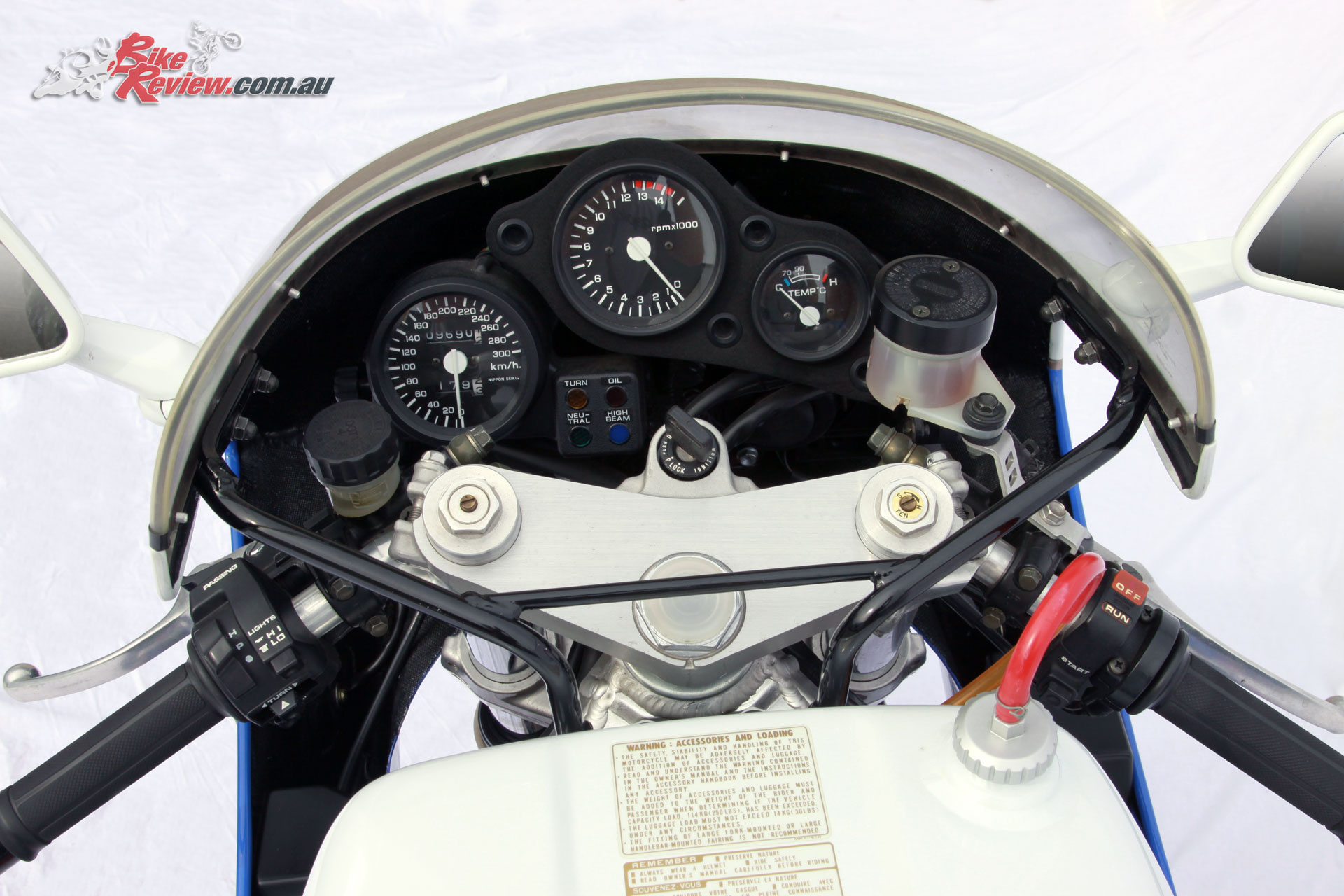
The list of components on the RC30 would have left most motorcyclists drooling even by today’s standards
That glorious V4 is lubricated by an intricate trochoid pump system that feeds the gearbox and clutch, plus the main oil gallery via the oil filter and oil cooler.
The ignition system on the RC30 was high tech and expensive to produce in its day but unremarkable now. A CDI system with a pre-programmed ignition curve was used and the fuelling system was via four 38mm Keihin downdraft CV carburettors, giving smoother throttle operation than flat slides. It is a non-pressurised gravity feed system filtered via a paper filter and relatively small airbox by today’s standards but back then it was trick..

This is a ghost bike, used by Marshalls in the Suzuka 8-Hour. It is frame number 32 and fully certified.
One component that seemed to skip the no expense spared claims is the exhaust system. In order to meet stringent emission and noise regulations, the heavy and tortuously routed system knocks a fair bit of top end off the bike. But if you had a stock bike, you’d never de-value it with an aftermarket system unless you got your hands on a genuine HRC Titanium system – but that’s a dream!

The original exhaust robbed the bike of horsepower but the genuine HRC replacement was really the only other option.
The WEC and F1 derived handmade aluminium frame and RVF750 inspired Elf designed single-sided swingarm were incredibly compact and lightweight. Even by today’s standards, the RC30 is tiny. Smaller than most 250s and certainly a lot more compact than a modern 750.

A lightweight single-sided swingarm was particularly exotic and came from the Elf Honda WEC machine development.
With Showa conventional forks that were the top spec available in their day, complete with quick-release axle mounts ala World Endurance – and a trick fully adjustable Showa rear shock with HRC engineered linkages, the RC30 was a seriously good handling motorcycle.
In fact, our own Wayne Gardner still rates the bike as the best steering motorcycle he has ever raced. And he even compares the neutral and sensational current Fireblade to the RC30 – “It’s almost as good as the endurance racers I won the 8-Hour on back in the day”…
The RC30 won the inaugural WSBK Championship, just as Sochiro Honda predicted, in the hands of Fred Merkel, backed up the following year with another win by the same talented rider. That same year Carl Fogarty won the World F1 Championship on the bike and Steve Hislop set the first ever 120mph lap of the Isle Of Man TT course.

The RC30’s success was sensational both Internationally and Nationally here in the Australian Superbike Series.
From there the bike went on to win multiple championships around the World, including here in the hands of Mal Campbell, Troy Corser and Anthony Gobert. A legend was born and the RC30 to this day is the most successful World Championship winning four-cylinder Japanese motorcycle of all time and one of the most expensive and collectable Japanese bikes of all time…

These VFR750R RC30s are part of a private collection, check out motogallur.com to see more of the collection.
The bikes shown are from a private collection owned by Luis Gallur of Moto Gallur. Luis has almost 100 iconic bikes in his collection. Visit motogallur.com to check out some of his prized possessions.
Honda VFR750R RC30 Features:
- The good:
- Increasing value
- Best steering in history
- Glorious V4 big bang HRC engine
- The bad:
- Price
- Many examples were raced and trashed
- Rear tyre availability
- Cost of living:
- A decent condition but well used RC30 will set you back between $30,000 and $35,000. An immaculate low mileage example is by negotiation.

Expect to pay big bucks for one of these collectable machines, on the bright side however their value continues to grow.
Honda VFR750R RC30 Specifications
Engine: Liquid-cooled, four-stroke 90-degree V-four, DOHC, four-valves per cylinder, 748cc, 70 x 45.6mm bore x stroke, 11:1 compression, four 38mm Keihin downdraft CV, CDI ignition, electric start
Claimed power: 85.3kW[112hp]@11500rpm
Claimed torque: 71.7Nm[53ft-lbs]@10500rpm
Clutch: Wet, multiplate, sprag slipper on outer plates
Gearbox: Six-speed
Frame: TIG welded backbone type with diamond layout, three section extrusions and cast headstock, engine lugs, rear section, single-sided swingarm
Rake: 24 degrees
Trail: 94mm
Suspension: 43mm Showa forks, single nut quick change front wheel clamps, Pro-Arm progressive rate, Pro Squad linkage
Brakes: Dual 310mm front rotors, two-piston calipers, 220mm rotors, two-piston calipers
Wheels & Tyres: 120/70 – 17in, 170/60 – 18in
Dimensions:
Wheelbase: 1410mm
Seat height: 785mm
Length: 2045mm
Width: 700mm
Height: 1100mm
Honda VFR750R RC30 Gallery













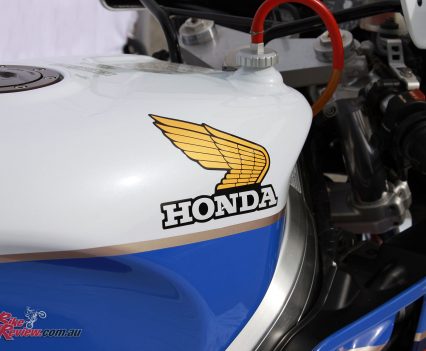


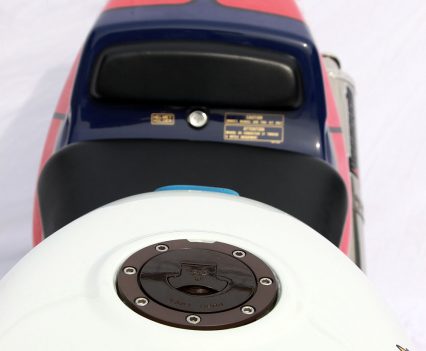

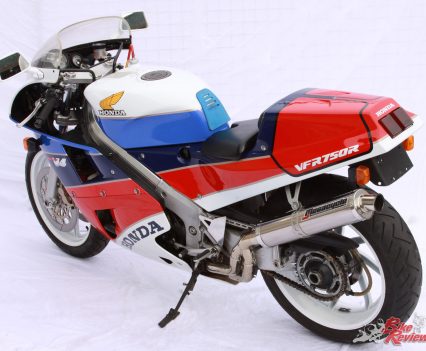



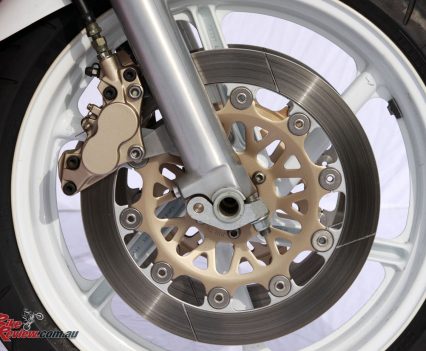




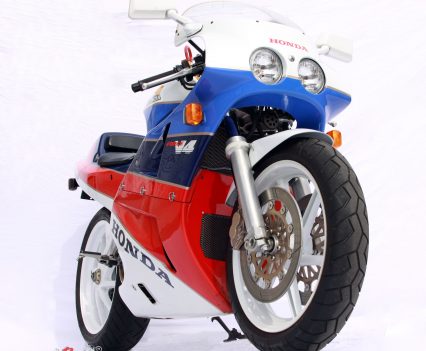


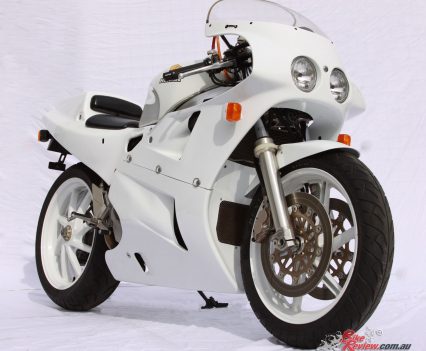

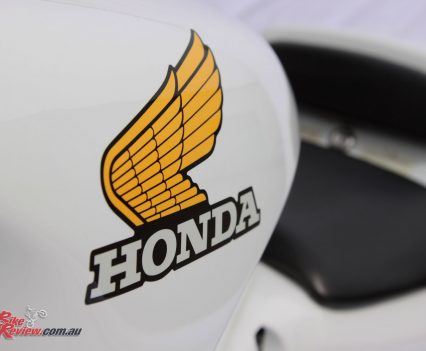
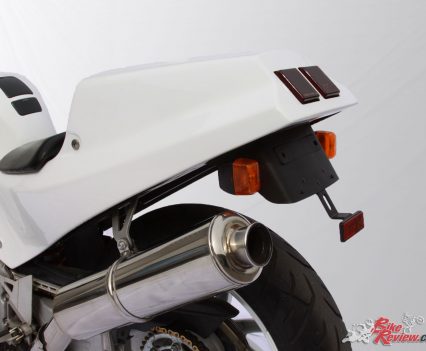

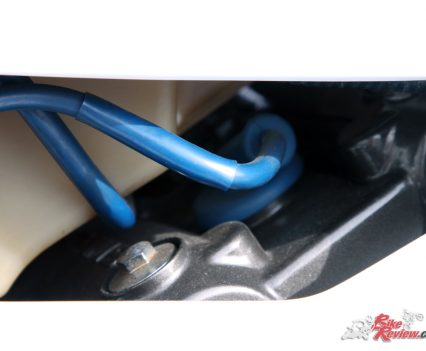










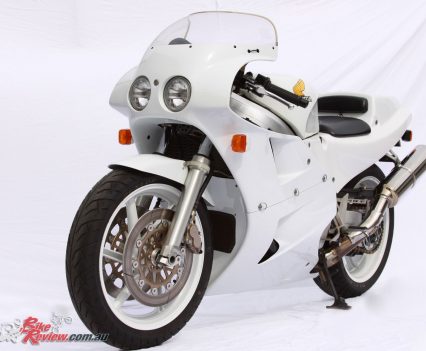

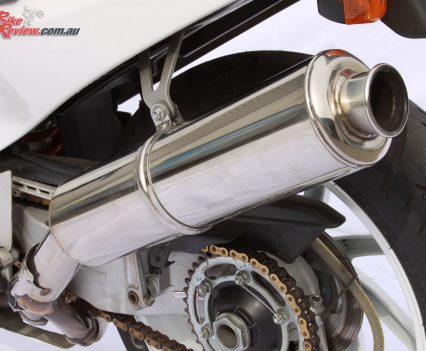

















October 29, 2018
Hello! Thank you for the website! Very nice. I had a question and can’t seem to find much information. I came across the opportunity to purchase a white 1988 RC30, I’m not familiar with the white model and if you could give me your opinion or advice purchasing a white Rc30
October 29, 2018
Hi Gary – is it plain white, with no graphics or stickers? Jeff.
November 25, 2018
It’s very rare. Get it
December 14, 2018
1990 2200 mile usa 49 state bike, Is it worth $23,000 US dollars
April 23, 2020
My best man put a deposit on one, back in the day. If I recall, they were a tad under 14K i.e. $13900. He later cancelled for some obscure reason. Oh dear ! 🙁